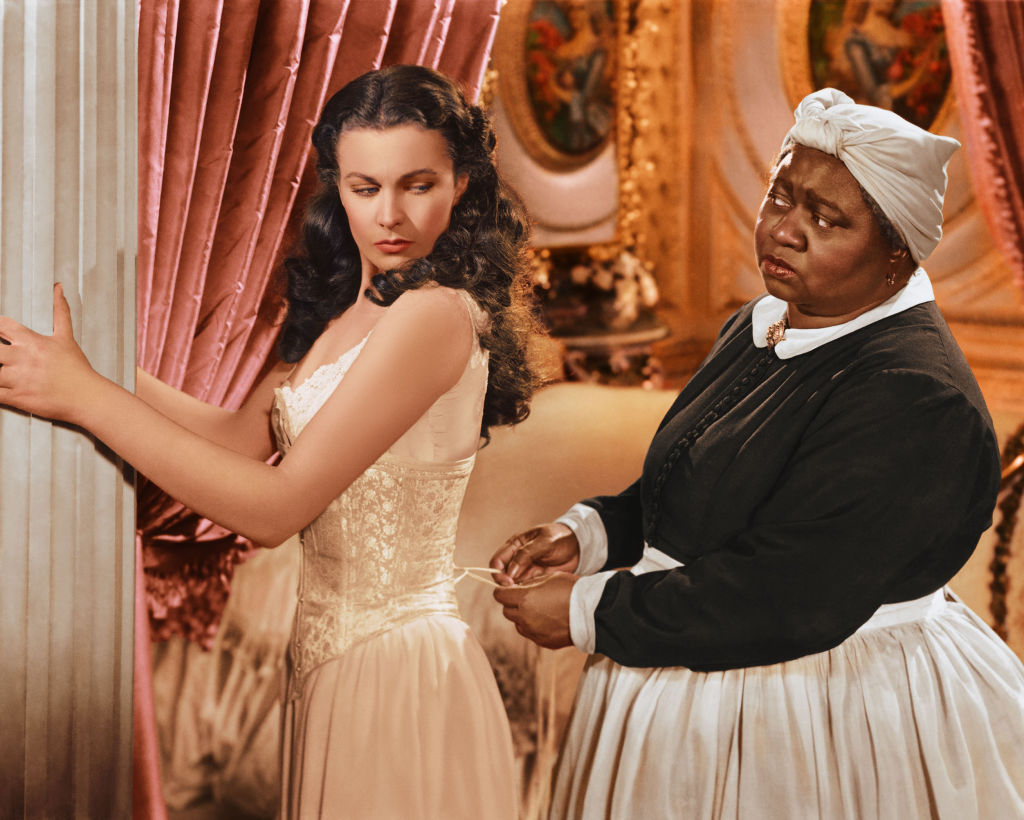After viewing Part One of Gone With The Wind for the first time ever, it is no secret this movie has quite the plot line. For its time, this movie has a lot of complex underlying meanings and character development within it. I watched the film in class, going in blind with no expectations just to take it in. What I came to find was that there was a lot more to the movie than I maybe had anticipated, and there was a lot to the plot that I think went over my head. Because of this, I went home to rewatch Part One of the film, this time making note of themes that came to mind while watching both times, and also making note of what I had overlooked.

In the film, we are introduced to Scarlett O’Hara who lived in the south during a very controversial time in America. At this time we were in the midst of the Civil War. The Civil War began on April 12, 1861 and ended on April 9, 1865 and though there were many catalysts, ones most important to us in this movie were disagreements over slavery and central power. Scarlett lives on a plantation in Georgia, one they call “Tara”, where she and her family who seem to have overcome poverty own their own slaves. The idea of slavery and the ownership of them in this movie is very controversial. The film shows us well-treated, seemingly respected slaves that this family owns, which generally is pretty different than that of the lives of slaves as we know them. They even show the slaves parenting, scolding and providing advice to Scarlett which again was not a societal norm at this time. The slaves show no signs of wanting to leave the family and overall really seem to be treated fairly.

One thing that really stood out to me about the films depiction of slavery was the way in which they painted them, oftentimes, as for lack of a better term stupid or otherwise childlike. They seemed to portray them as respected, kind people who enjoy their time working with this family yet they depict them almost as fools. For instance, and in my opinion the worst portrayal of the disrespect towards slaves, Prissy, played by Butterfly McQueen. Prissy honestly becomes somewhat of the comic relief throughout the film. She comes off as dramatic, uneducated, loud and overall pretty annoying. It almost seemed as a way to portray the feelings towards slavery in a more respectful way than portraying them as we normally think of slaves during the Civil War. Though it is almost mocking, showing them to be treated so well and fairly when they usually were not, it was refreshing to not have a picture painted to us of slaves being beaten, traded and worse.

The movie also concentrates on the effects of the war on society and the South. As previously mentioned, we know the movie shows slavery in a positive light. What the movie also makes sure to emphasize are its views towards Confederacy and what is known as the Old South. The South and the North, especially characterized by this movie, have a fierce opposition between one another and the debate on the ideas of central power. The North was primarily recognized for its industrialization and business components while the South was noted for its farms and plantations, and a very different social structure. The South very much had a hatred for the so-called “Yankees” as we hear in this movie and it's another one of the ultimate Civil War catalysts we see here in this movie. We see the destruction the North brings to the South during the film and the effect it has on the people of the south and its social structure.

While this complex movie contains a variety of themes, ideas and conflict within it, it ultimately became one of the largest pieces of media used to characterize life during the Civil War. Though it may not be the most accurate depiction of history, the film provides us with a variety of thought provoking ideas and information regarding the North and the South, slavery, and the Civil War as a whole.
Sources:


No comments:
Post a Comment